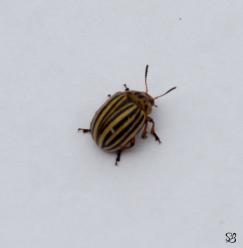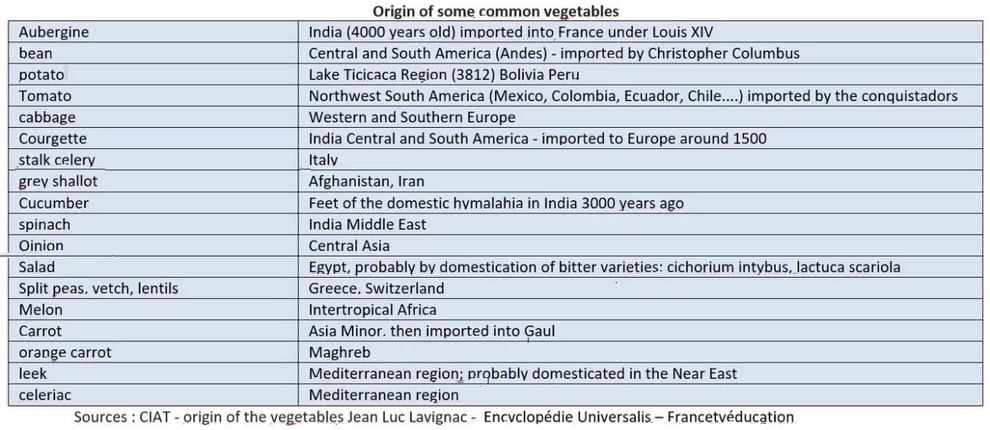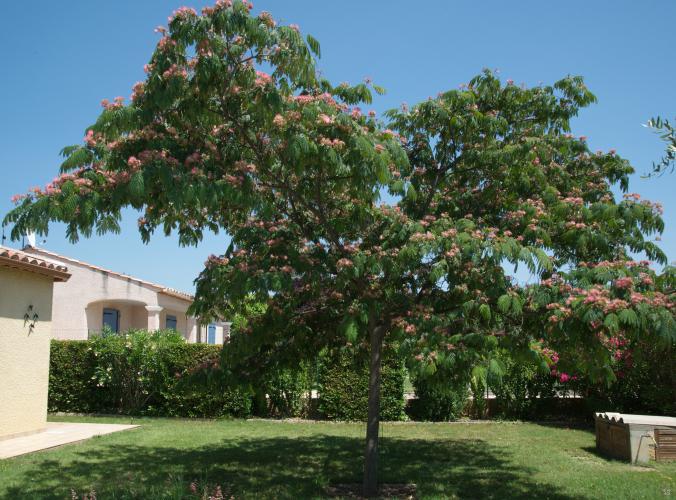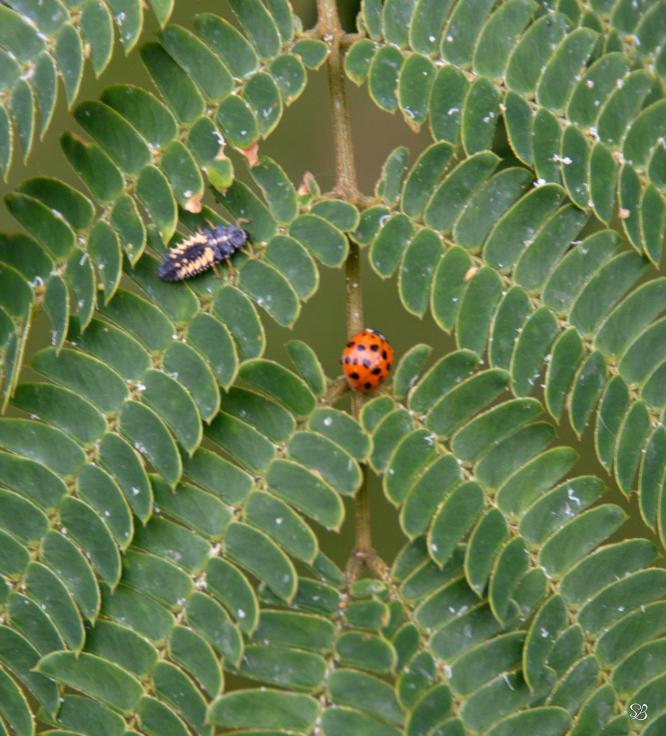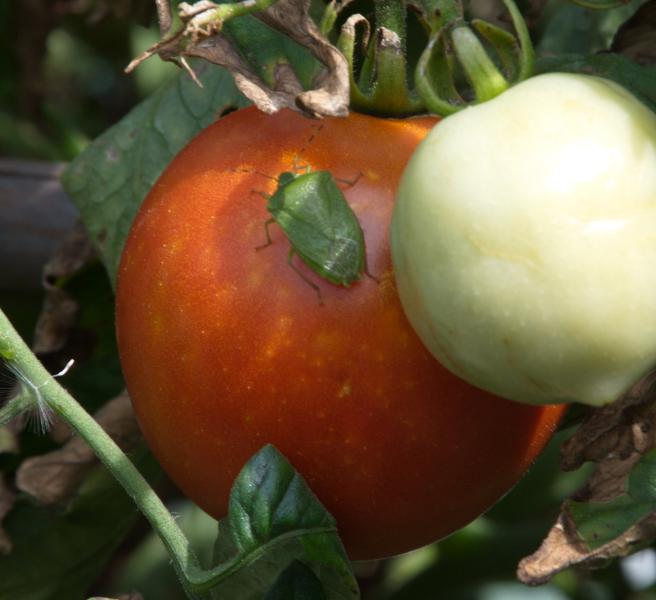The environmental impact of the activities of amateur gardeners and farmers takes place in two directions:
- On the biotope (a) when amendments and fertilizers are spread.
- On the biocenosis (b) by modification of the different plant and animal species.
We may regret these consequences, but if tomorrow we decide to abandon agricultural activities to be more in line with the concerns of naturalness activists and return to spontaneous biodiversity, we will have to convince 65 million French people to return to the lifestyle of Cro-Magnon man, i.e. to find their food by gathering and hunting. The entire French territory (reforested to shelter animals that have become wild again) would still have to be sufficient to feed this entire population. Is this reasonable? Who is ready to try this step backwards?
It is clear that agriculture has an impact on biodiversity with a reduction in the population of some native species. Whether the farming system is conventional or organic, there is always a loss of biodiversity for one simple reason: the animal biodiversity of an ecosystem is itself closely linked to plant biodiversity. However, in an agricultural plot, plant biodiversity is inevitably reduced by the farmer who seeks to plant only food species that are inevitably fewer in number (for cereal farmers, it is even a single species).
In some agricultural areas, intensive practices have led to a loss of habitat for certain species, causing their decline. For example, the widespread application of highly beneficial herbicides to oilseed rape has indirectly contributed to the decline of pollinators by eliminating semi-natural habitats around agricultural fields in periods when oilseed rape is not flowering. These semi-wild habitats, where different plant species thrive, provided floral resources for pollinators before and after crop flowering (3).
According to some authors, in general, the increasing intensification of agricultural practices, which has resulted in the reduction of mixed crop-livestock farms in favour of large specialised monocultures, has led to a decline in biodiversity, particularly in populations of insects, birds, arthropods and higher animals such as hedgehogs (4). On a global scale, the loss of biomass is estimated at around 25% per decade. However, if we take the case of insects, they are still very little studied. For example, only 3% of arthropods are known. In-depth studies by Klink on biomass and insects provide a more nuanced picture than that predicted by extrapolations. The opposite is even reported, e.g. an increase in the abundance of freshwater insects of the order of ~ 11% (5)
However, there are also observations that show that in other cultivated areas, or following the return of forests, the development of waterways, the multiplication of ornamental gardens in cities or in private homes, biodiversity has been enriched by the gradual adaptation of native species to their new environments and the introduction of new species. Wherever humans have settled, new biodiversity has been created over time, and this has been the case for as long as agriculture has existed, i.e. for thousands of years.
So can we expect to benefit from the ecosystem services that this new biodiversity is still able to offer us in agriculture?
Agriculture is not the only cause of the depletion of certain animal species. Ornithologists deplore modern construction methods in our towns and villages. For example, in the PACA region, land pressure, habitat fragmentation and agricultural practices have reduced species specialising in forest environments by 29%, species specialising in agricultural environments by 25% and species specialising in built-up environments by 34% (6).
However, there are also observations that show that in other cultivated areas, or following the return of forests, the development of watercourses, or the multiplication of ornamental gardens in cities or in private homes, biodiversity has been enriched by the gradual adaptation of new species. Wherever humans have settled, new biodiversity has been created over time, and this has been the case for as long as agriculture has existed, i.e. for thousands of years.
